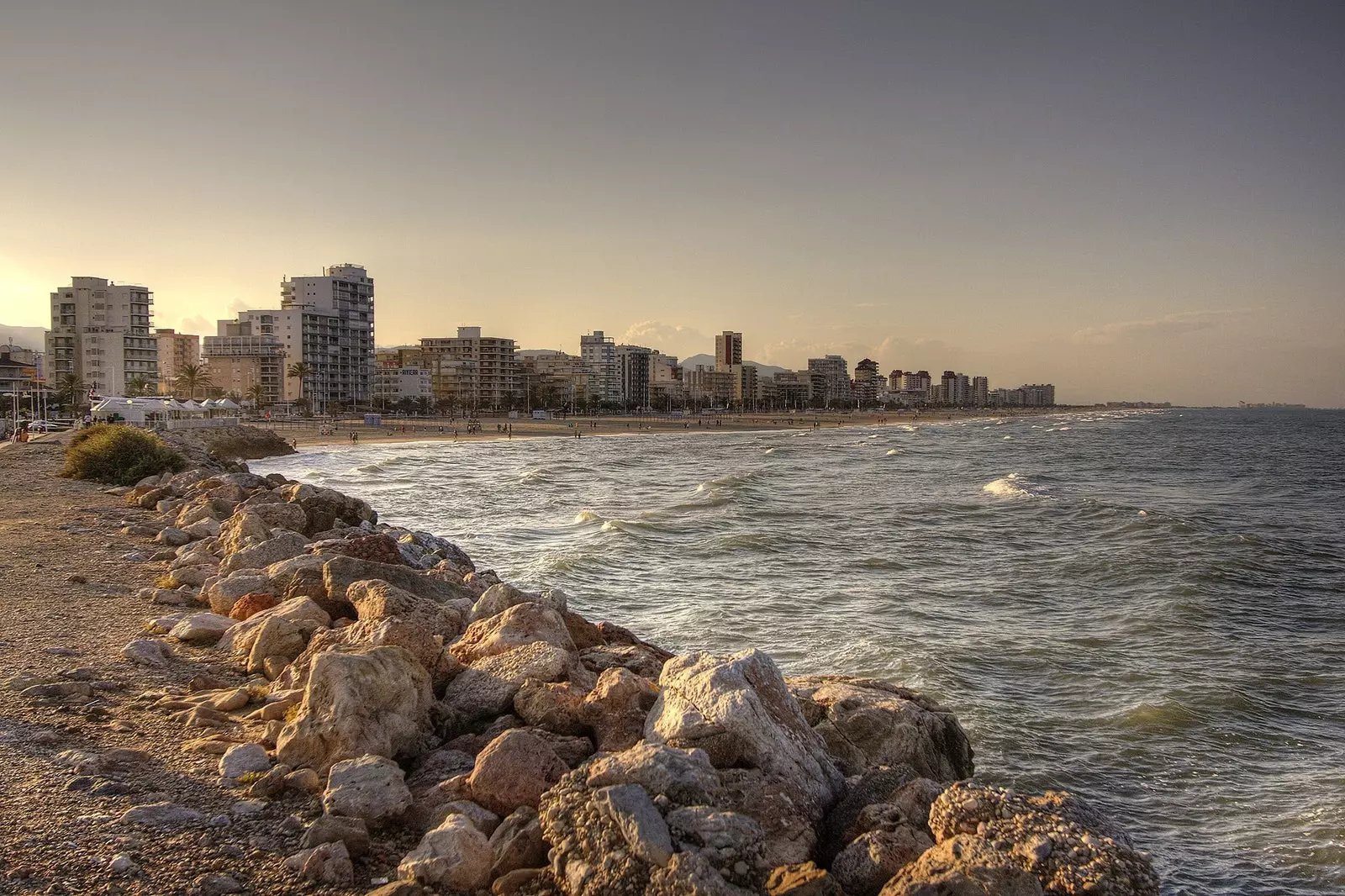
Because Gandía is much more than the image that a 'reality' gave of it
There was a time, brief, but there it remains, in which some made a pilgrimage to the coastal Valencian city of Gandia to take a photo in front of the facade of the most famous chalet of the place. Few will be the people of Gandia who do not know what it is, and most do not reveal its location to avoid the risk that the pilgrimage will resurface despite the time that has passed.
Still, there are still nostalgics who do the Gandia Shore route in search of the scenarios that accompanied the participants of the first and only edition of the hit MTV show.
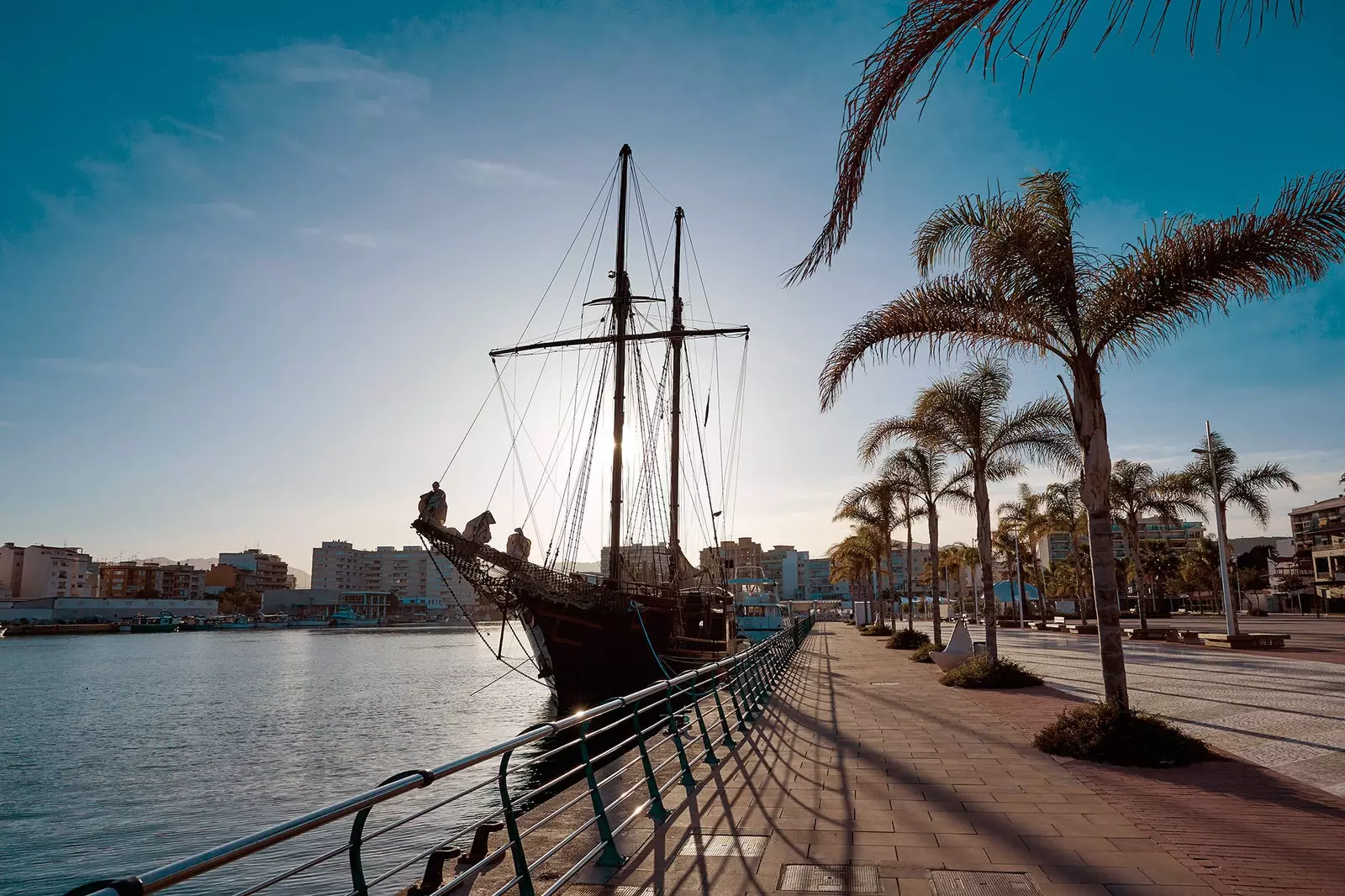
Gandia promenade
When one thinks of Gandía, it is inevitable that the reality show Gandia Shore appears in your mind. Even without having seen a single scene of the show, its existence has been marked by fire in the population. It is already part of the popular culture from this country.
It is true that there are a large number of cases in which television encourages tourism in places that have served as the setting for movies or series, as is the case with Game of Thrones, Vikings or, on a much more local scale and further back in time, with Nerja and Verano Azul or Lastres and Doctor Mateo.
But, on the part of the majority of the inhabitants of the city and from the City Council of Gandía, an attempt is made to prevent her from being associated with queens of the platforms, perreo and tetes.
“Gandia Shore put us on the map, but at a very high price. Gandía has never been Shore and it is costing us a lot to get rid of that surname, although, little by little, we are achieving it”, says Olatz Megía, Tourism Technician of the Gandía City Council.
In the city there is a wide range of nightclubs and it has been, for years, a reference point for the Levantine party, but it is, rather, a cultural, quiet and very familiar destination.
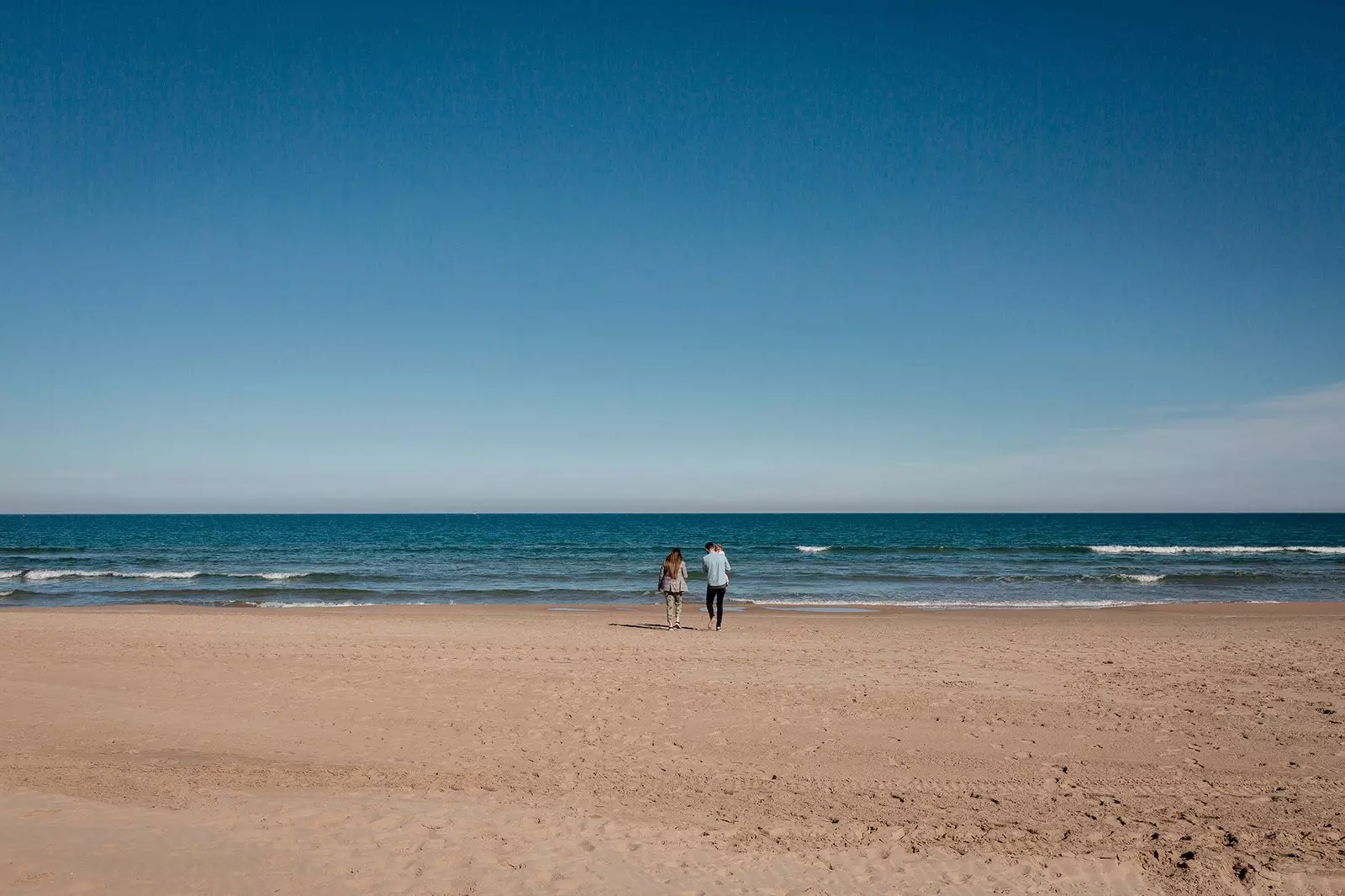
A family walks along an empty beach in Gandia
For this reason, and to dismantle some preconceived ideas, We suggest you discover the real Gandia. One that goes far beyond Ylenia. So, "let's go to...". Ups, I'm sorry.
Of course, you cannot talk about this town ignoring the sea, since it has more than 5 kilometers of coastline where the Mediterranean and the fine sand are the protagonists. Between those kilometers, is the L'Ahuir beach, one of the few coastlines that still remain without building on the Valencian coast.
But Gandía really surprises you when he proposes to take you from the seashore and begins to walk you around its marshes, its mountains and throw on you the weight of its important historical, gastronomic and cultural past.
If you thought that no one could have existed better known than the television Ylenia Padilla walking through the streets of Gandía, you should know that Gandía and its surroundings were the small homeland of a family that became a universal affair in the Renaissance. The most powerful of her time: The Borgias.
An endless vein for literature, theater, cinema and almost any type of artistic expression, since They have gone down in history known for being a lineage desirous of power and from which two Popes, some cardinals, a saint and countless morbid intrigues emerged.
A family eminently associated with Rome, since they settled there and Latinized their surname -going from Borja to Borgia- and, instead, the true Borgia Territory is found on Levantine soil.
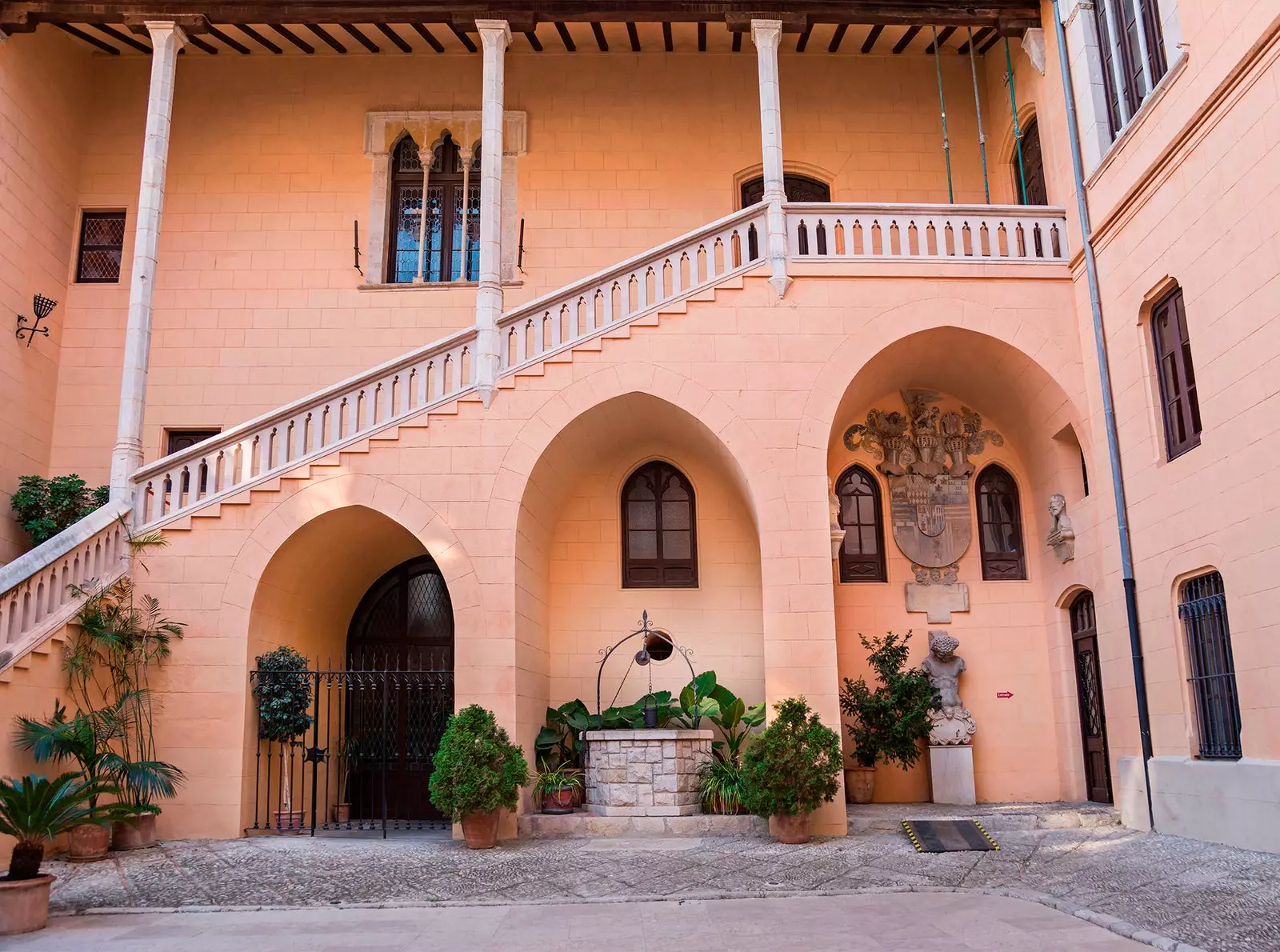
Ducal Palace of Gandia
There is little left in Gandía that recalls the famous and excessive clan, some statues in the city center and the magnificent Palau Ducal, whose cautious exterior appearance does not serve, in any case, as a warning for the sumptuous decoration that awaits behind its doors. Right there inside the fourth Duke of Gandía was born, the one they ended up making a saint: Saint Francis Borgia.
The route through the Borgia Territory also extends through Valencia; Xàtiva and Canals , both are the cradle of this lineage, and it takes us to Simat de la Valldigna and Alfahuir, very close to Gandía, and where **the monastery of Sant Jeroni de Cotalba** awaits us. A rural building dedicated to art and recollection and that has a close link with one of the most interesting characters of the Borgian clan: María Enríquez de Luna, Duchess of Gandía, widow of Duke Juan de Borja y Cattanei and daughter-in-law of Pope Alexander VI.
From the time when the Duchy of Gandia began to flourish under the Borgias, the town was known as Gandia the Sweet, due to its high production of cane sugar. One of the most appreciated goods at that time and which was synonymous with wealth, due to its exoticism and price.
Inheritance of that, there is a typical sweet of the city, called Borgiana braid, which combines almond, angel hair and sugar. A recipe that, for 500 years, passed from generation to generation, until In the 19th century, the Raúl Bakery decided to start selling it.
Speaking of recipes, we don't know if Gandia's most typical dish has become as well known worldwide as Borgia, but it shouldn't be too far from it. The fideuà of Gandia was, originally, a simple recipe for sailors and, currently, restaurants throughout the national territory include it on their menus. However, it is here, in Gandía, where it had its origin and where it is celebrated, annually, the Gandia and Gastronomy International Fideuà Contest.
There are several legends around the origin of this dish, one of them places its appearance in the second decade of the 20th century and affirms that the invention of the fideuà was nothing more than an unexpected -lucky and tasty- gastronomic incident.
Since the port of Grao de Gandía, place from which the boats sailed to go to fish at dawn, he left, as usual, the ship Santa Isabel. The on-board cook wanted to surprise the sailors with a good seafood paella.
For it, he followed all the proper steps until, when he got ready to add the rice, he found that there was not a single grain left. What there was was a type of noodle similar to spaghetti in thickness. He chopped it up and added it to the paella instead of rice. The new invention was served and, thus, fideuà landed in Gandía and from there to the rest of the world.
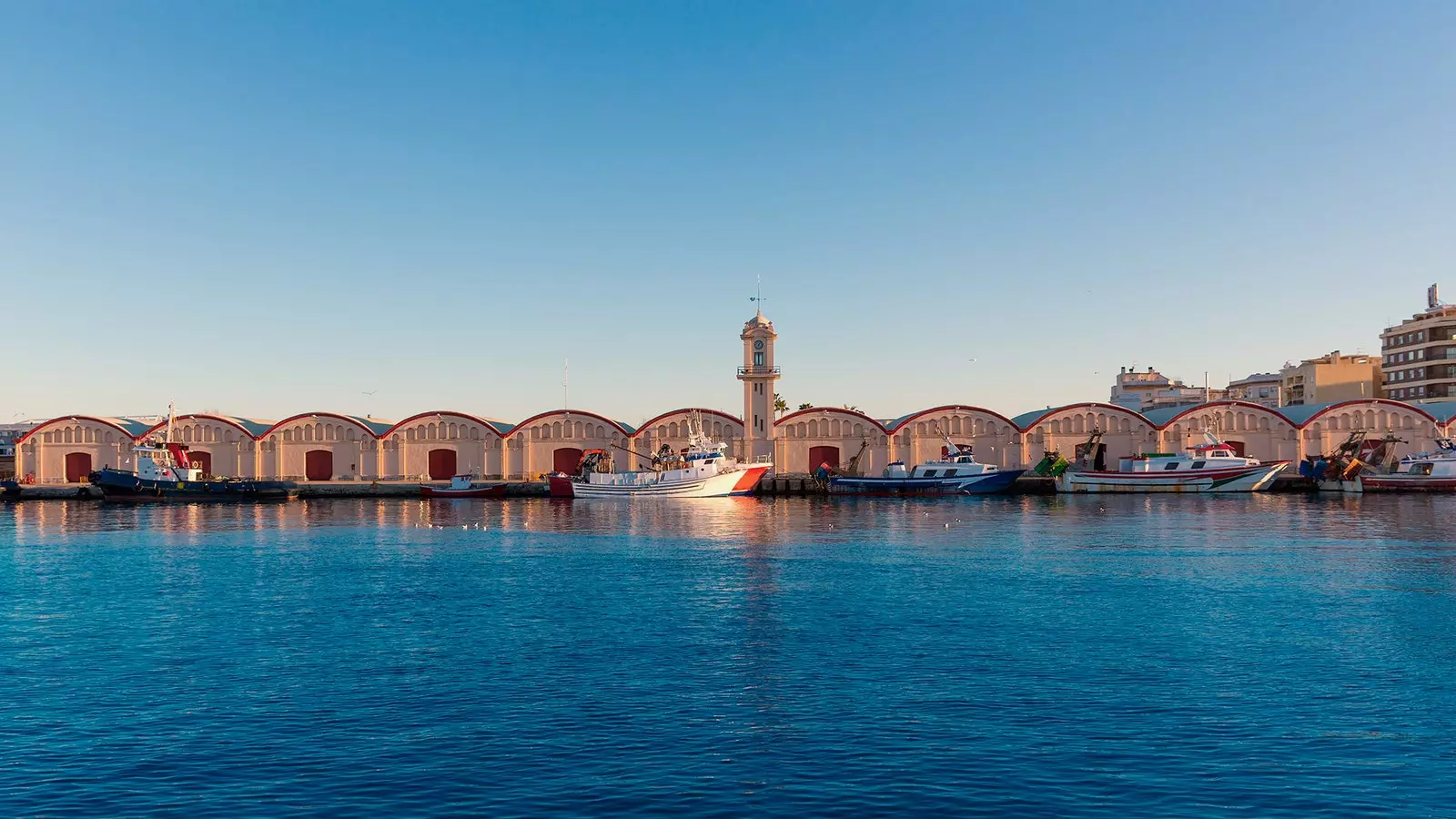
Port of Gandia
But, being Valencian soil, we cannot leave behind the importance of rice dishes, in addition to paella, Señoret rice is a great classic of Levantine food and it would be better not to leave Gandía without having tried it, for example, at the restaurant ** Vins i Mes .**
the all important weight of rice in the Levantine culture It is not limited, only, to the gastronomic, but its cultivation is part of the dialogue of the human being with the ecosystems so common in the Mediterranean and that gives rise to certain types of cultural landscapes, such as wetlands or marshes, so present in this area.
The Marjal de Gandía is a large area of wetlands located next to the Alquería del Duque. It is a notorious native flora and fauna reserve of important ecological and botanical value, as well as an excellent corner, not far from the city, where spend the day, ride a bike, stroll along the designated wooden paths or, simply, disconnect from urban life while you watch the different types of birds splash in the water and who go for a walk along the same paths that you have chosen to feel a little closer to nature.
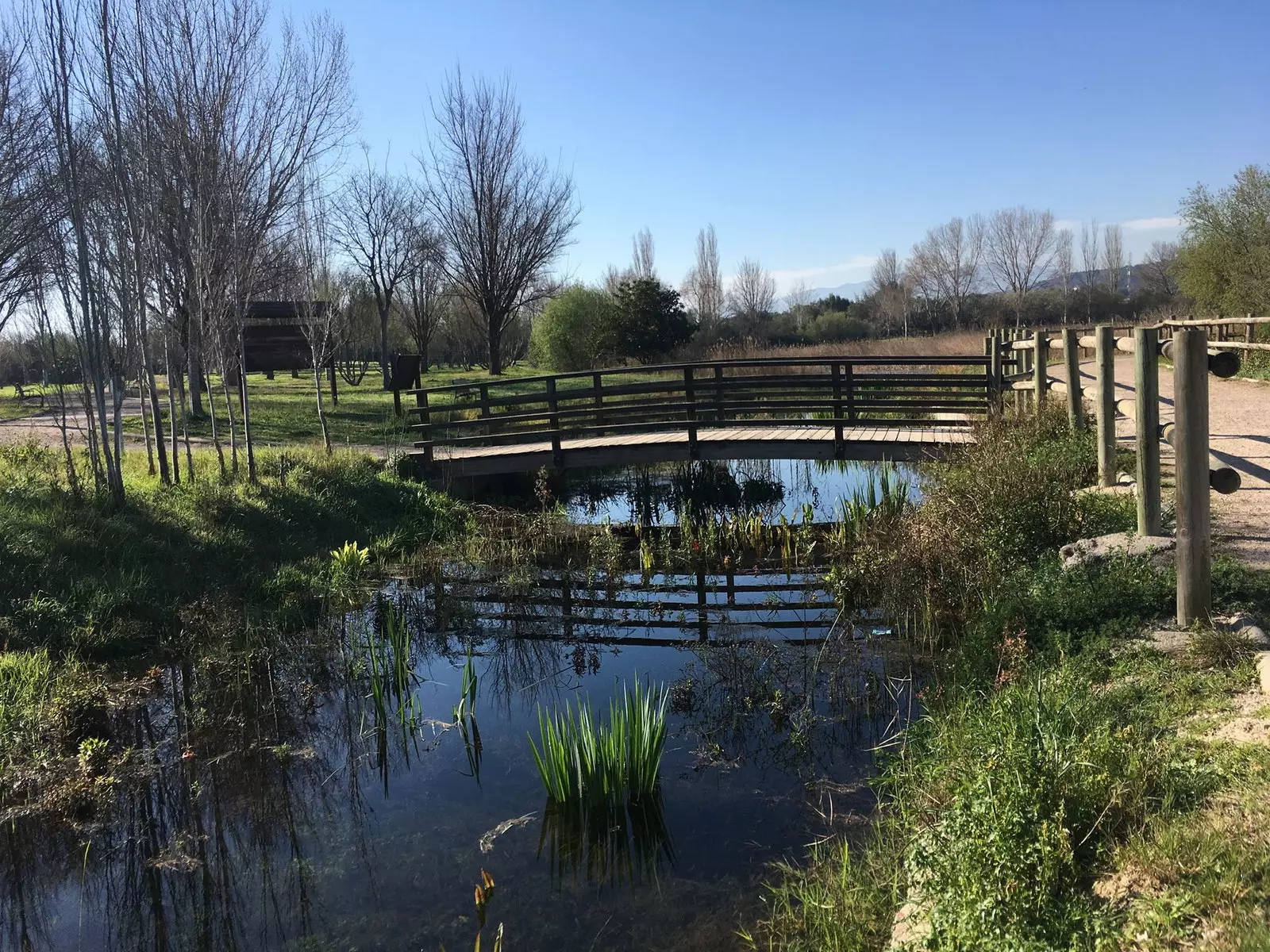
Marsh of Gandia
